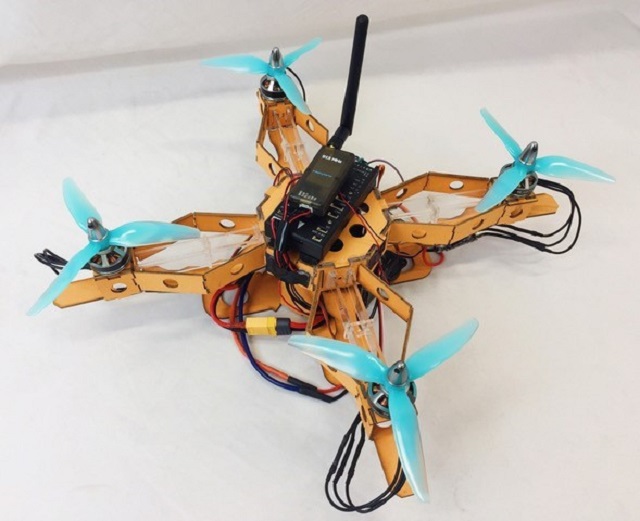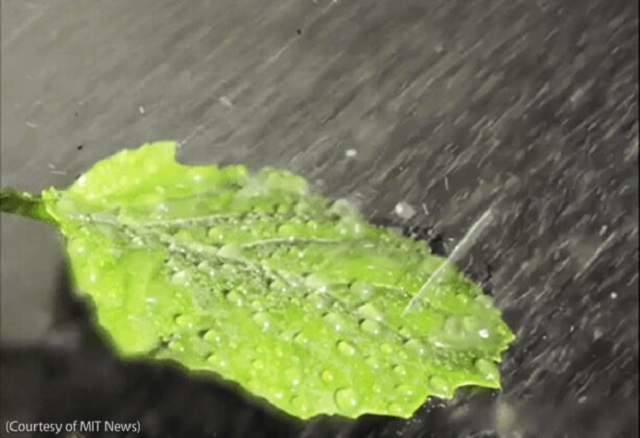U.S. universities are innovation powerhouses, and one measure of their research prowess is the number of patents granted to them as recorded in the National Academy of Inventors’ list of Top 100 Worldwide Universities Granted U.S. Utility Patents in 2022 (PDF 1.7MB). (A utility patent covers the creation of new or improved — and useful — products, processes or machines.)
The list, based on data from the U.S. Patent and Trademark Office, shows that U.S. universities scored a collective 5,772 utility patents last year and occupied 14 of the top 20 spots.
Representatives from five top U.S. universities talked to ShareAmerica to describe some of their recent discoveries:
At Purdue University in Indiana, civil engineers led by professor Luna Lu invented “talking concrete” to help traffic flow and cut carbon emissions. An embedded sensor allows concrete to “communicate” with engineers about its strength. The “smart” concrete gives engineers real-time data to help them gauge when it needs to be repaired, thereby preventing potholes and reducing traffic congestion caused by construction work, while also saving money on road repairs. These sensors have already been embedded in highways in eight U.S. states, and this technology could replace methods the construction industry has been using for more than 100 years to test when concrete structures are ready to accommodate traffic loads.

Arizona State University-based technologies that received patents in 2022 include foldable quadrotors (prototype shown). (Courtesy of School of Manufacturing Systems and Networks/ASU)
At Arizona State University (ASU), researchers have developed a foldable quadrotor, “a type of drone that features four rotors akin to those found on a helicopter,” says Kyle Siegel of Skysong Innovations, ASU’s technology transfer and intellectual property management organization. “Unlike a fixed-wing drone, quadrotors have the ability to hover in place,” which is helpful for performing aerial photography or surveillance. Quadrotors can also typically execute more precise aerial maneuvers than fixed-wing drones. And when necessary, they can reduce their own size to reach tight spaces.
In an important step toward greater integrity in sports, researchers at Duke University in North Carolina devised a method to detect autologous blood transfusion, or blood doping. Despite being prohibited by the World Anti-Doping Agency, blood doping — the transfusion of one’s own red blood cells after storing them — has been used by some athletes to improve performance. Until Duke’s solution, it was not possible to detect such cheating. Now, by extracting RNA samples from volunteers’ blood cells at eight different time intervals, researchers can detect changes in the RNA associated with blood storage.

A green cabbage leaf is treated with pesticide-laden water using AgZen’s technology. By cloaking droplets in a tiny amount of plant-derived oil, the droplets stick to the leaf, minimizing over-spraying, waste and pollution. (Courtesy of MIT News)
Researchers at Massachusetts Institute of Technology (MIT) have developed systems to enhance the surface retention of fluids on plants. The systems are a response to a global problem: While pesticides increase crop productivity by eliminating insects, microbes and other elements, most pesticides end up polluting soil, air and water. Because MIT’s approach allows retention of fluids on hydrophobic (water-repellent) plant surfaces, it can help increase the amount of pesticides and water absorbed by a plant and decrease pesticide contamination elsewhere.
The University of Texas system has supported development of the ClearCam company’s ClearScope device, a disposable windshield wiper for laparoscopic surgery. ClearScope eliminates the need for surgeons to continually remove and clean a scope during surgery. The doctor can maintain a clear visual field and operate on a patient without interruption. For the patient, it means less time in the operating room and greater safety. It has already been used in nearly 2,000 procedures across the U.S., gaining traction in thoracic, general and gynecological surgeries.
“The mission of a university is research, teaching and service,” says Julie Goonewardene, the University of Texas System’s chief talent and innovation officer. “We’re an enormous source of ideas for new companies. … These innovations save people’s lives, and we’re passionate about doing this work.”
Learn about how to study in the U.S.
Banner image: Purdue University's Luna Lu has developed a technology that could replace the construction industry's methods for testing the strength of concrete. (© Rebecca McElhoe/Purdue University)
The original article is here on ShareAmerica.







COMMENTS0
LEAVE A COMMENT
TOP